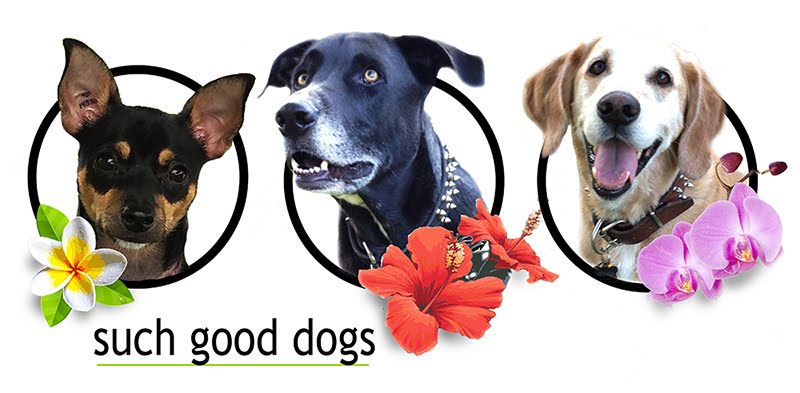Your reminder for monthly dog meds.
Each and every month you should be giving your dog medication for flea and tick prevention and for heart worm prevention. Currently we are using Interceptor Plus for our dog's heart worm and other internal parasite prevention. This should be given every month. Devo gets a pill for his flea and tick prevention called Bravecto. For some dogs this kind of pill can be difficult on their stomach so it is recommended to take with food. This pill provides protection for 3 months. Caravaggio does not do well with this pill because it upsets his stomach, so he gets the topical flea and tick prevention instead. The topical we are currently using is called Activyl. It is easy to apply. You simply pop the package open and apply the liquid in between the dog's shoulder blades behind the neck. Once this is applied, be sure to avoid touching that area on the dog until the liquid is dry. It is also important to not bath or take the dog swimming for at least 2 days before and after applying this medicine.
These are examples of the meds available for your dog. Your vet may recommend a different type depending on your dog's needs. Please talk to your vet if you have any questions or concerns.
Related Blog Articles:
Trainer Tips: Monthly Reminders
Trainer Tips: Dog Care Essentials
Myth vs. Fact on Spay & Neuter
Trainer Tips: Why Spay/ Neuter you pet
Trainer Tips: Picking a pet food


















